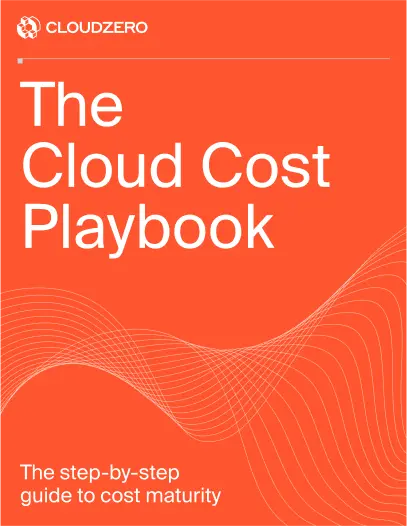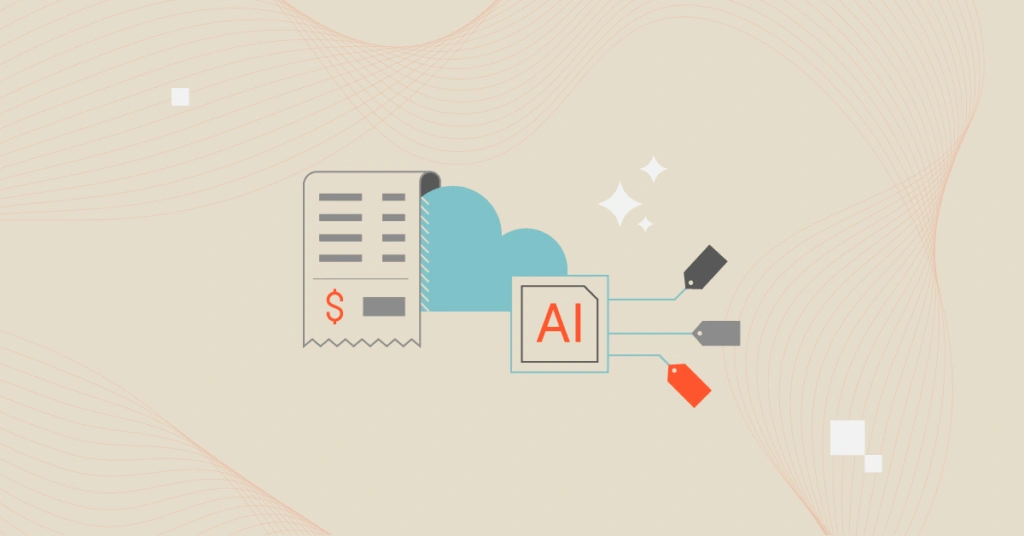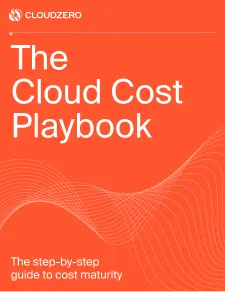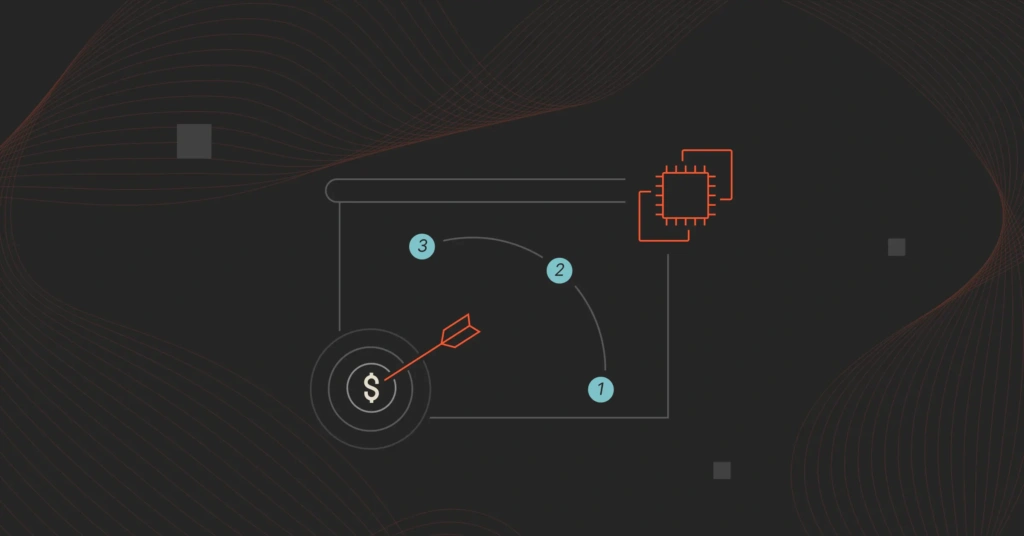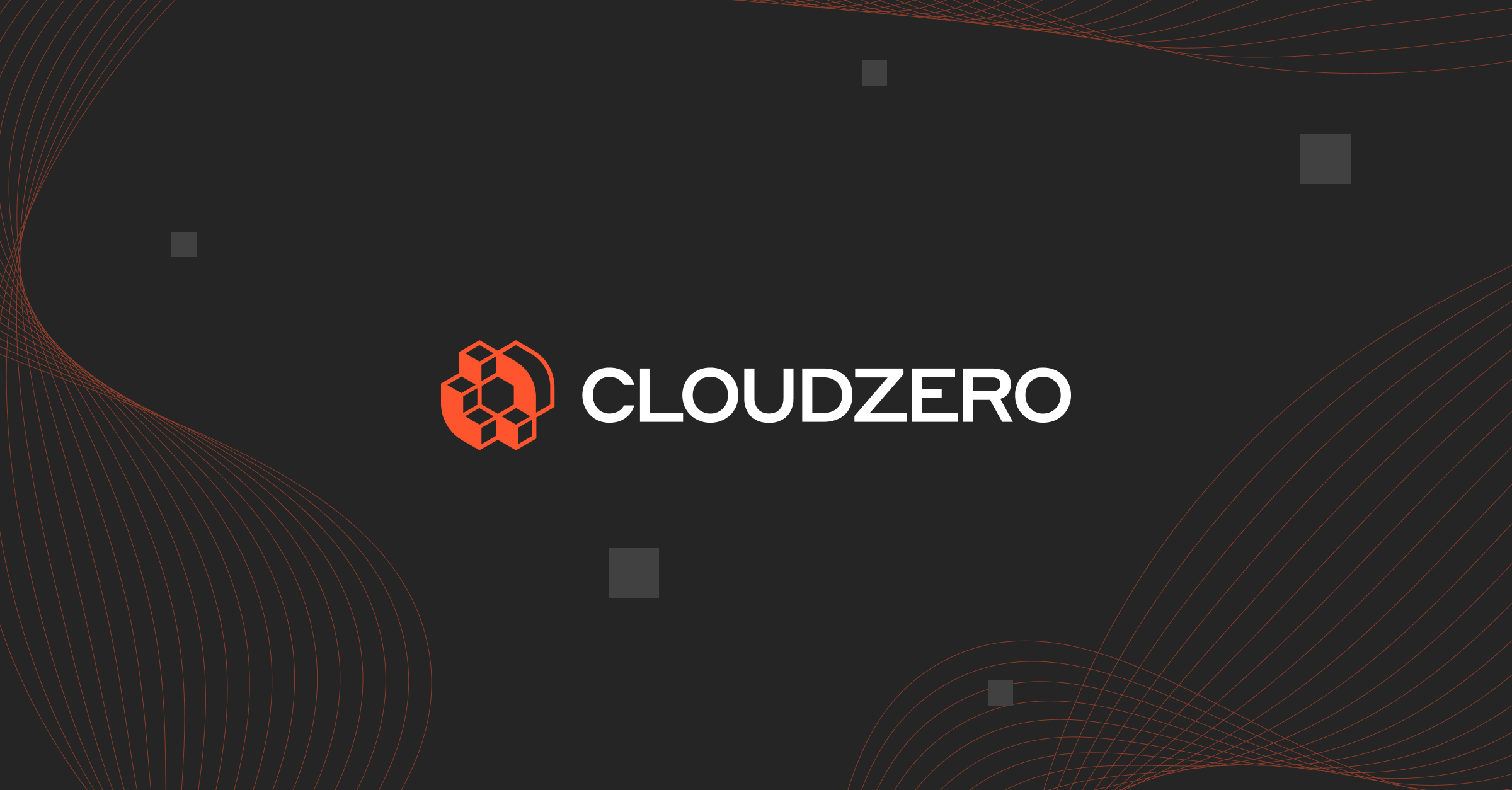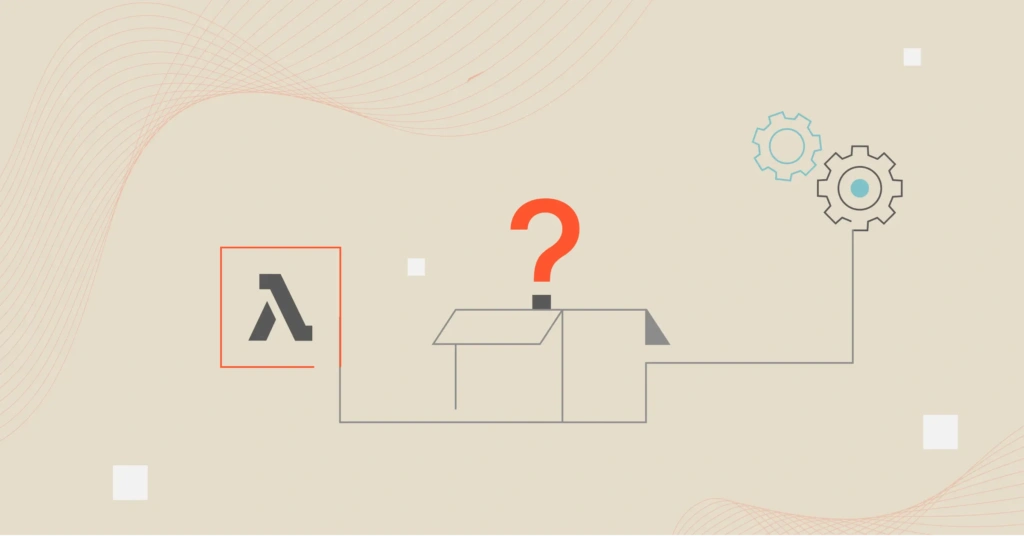Most SaaS companies aren’t spending too much on AI. They’re just completely screwing up how they price it.
You feel the budget pressure. The OpenAI and Anthropic bills keep climbing. Finance is starting to twitch. So the instinct is to cut. Trim back experiments. Cap usage. Beg your team to “optimize.”
You can’t cost-cut your way out of a pricing failure though. And most of the time, that’s all this is — a pricing failure.
We’ve entered an era where a single user can rack up thousands of dollars in compute costs with just a few queries. And yet, we’re still pretending AI costs behave like regular software by throwing flat-rate plans on top of workloads that spike every time a customer sneezes on the keyboard.
If your cost per unit is unpredictable, and your pricing is flat, you’re not managing AI. You’re subsidizing it.
So no, your AI usage isn’t the problem. Your inability to connect cost to value is.
Let’s talk about that.
SaaS Pricing Models Break When AI Shows Up
Back when products were simple — click a button, store a record, send a report — flat-rate pricing made sense. Predictable usage. Predictable costs. Great for sales. Easy for customers.
Then came AI.
Now your customers don’t just use your product. They consume compute. In real time. At unpredictable volumes. And often, they don’t even realize it’s happening.
One customer chats with the bot a few times a day. Another treats it like a full-time coworker and thanks it afterward. One kicks off a model run weekly. Another has it firing off like clockwork — every hour. Same product. Wildly different cost profiles.
If your pricing doesn’t flex with that usage, margins get obliterated in the background while you celebrate “logo growth.”
Finance Can’t Fix What Product Didn’t Think Through
This is the part where finance folks usually raise their hands and say, “Well, we did tell engineering to reduce spend.” Cute. But also … not the point.
Cloud costs are the effect, not the cause.
The real problem? You priced something without knowing how much it costs to deliver. You launched a feature without modeling the architecture behind it. You tied revenue to a flat number and tied cost to infinite, unbounded usage.
That’s not cost optimization. That’s margin roulette.
You Can’t Price What You Don’t Measure
If you want to price AI correctly, you need to understand your unit economics. Not company-wide cloud spend. Not cost per team or business unit. Actual, granular units, including:
Cost per user action. Measure what it costs every time someone interacts with your app by tracking all the compute power, storage, and network resources it uses behind the scenes.
Example: When a user clicks “search,” you include the cost of the servers processing that search, the data stored or retrieved, and the network used to send results back. Even things like saving logs or caching results add up.
Cost per model inference. Track the cost every time the AI processes a request, including the call itself, how long it runs, and extra GPU or TPU costs like idle time or warm-up.
Example: When a user asks the AI a question, you count the cost of running that computation on special hardware (like GPUs), how long it takes, and any extra expenses from the hardware being ready but not fully in use.
Cost per 1,000 tokens. Think of it as counting every piece of text going into the AI, everything it sends back, and any extra steps or tool calls the AI triggers to answer.
Example: If you send 500 words to the AI and it responds with 300 words, plus makes two extra calls to tools like a database or translation service, you include all those words and actions in your cost.
You’d be amazed how many companies can’t measure these unit costs. They just … don’t know. Which means they’re flying blind, hoping usage stays “reasonable” and no one triggers a $3,000 model run by accident.
(Which they will. Probably next week.)
So What Does Smart AI Pricing Look Like?
There’s no silver bullet, but there are patterns that work better than others. Here are a few smart options that won’t cause headaches:
- Usage-based pricing with real cost anchors. Not just metering, but metering tied to cost spikes.
- Tiered models with usage gates. Give customers predictability, but protect yourself from outliers.
- Premium features with capped compute. Offer the AI magic, but put hard rails on how much gets used.
Basically, price like your costs matter. Because they do.
The Future Is Profit Per AI Unit
AI has rewritten the economics of software. Now it’s up to you to catch up.
Not all usage is good usage. Not every customer is profitable. And if you don’t know your cost per output, you’re not scaling AI — you’re betting your margins on a hunch.
This isn’t about slashing spend. It’s about precision. It’s about knowing what every inference, token, and model run costs you, and making sure your pricing flexes with it.
Because the future of SaaS isn’t just about charging customers based on usage. It’s about making sure every bit of usage actually makes you money.
Usage-based pricing was a big step forward, but it’s not enough to just track how much customers use your product. You have to understand the true cost behind that usage and price features accordingly, so your business stays profitable as you grow.
In other words, smart SaaS pricing is profit-aware. It connects what customers consume to what it costs you to deliver, ensuring every sale adds to your bottom line, not just your top line.
Here’s how to build that foundation starting from the bottom up:
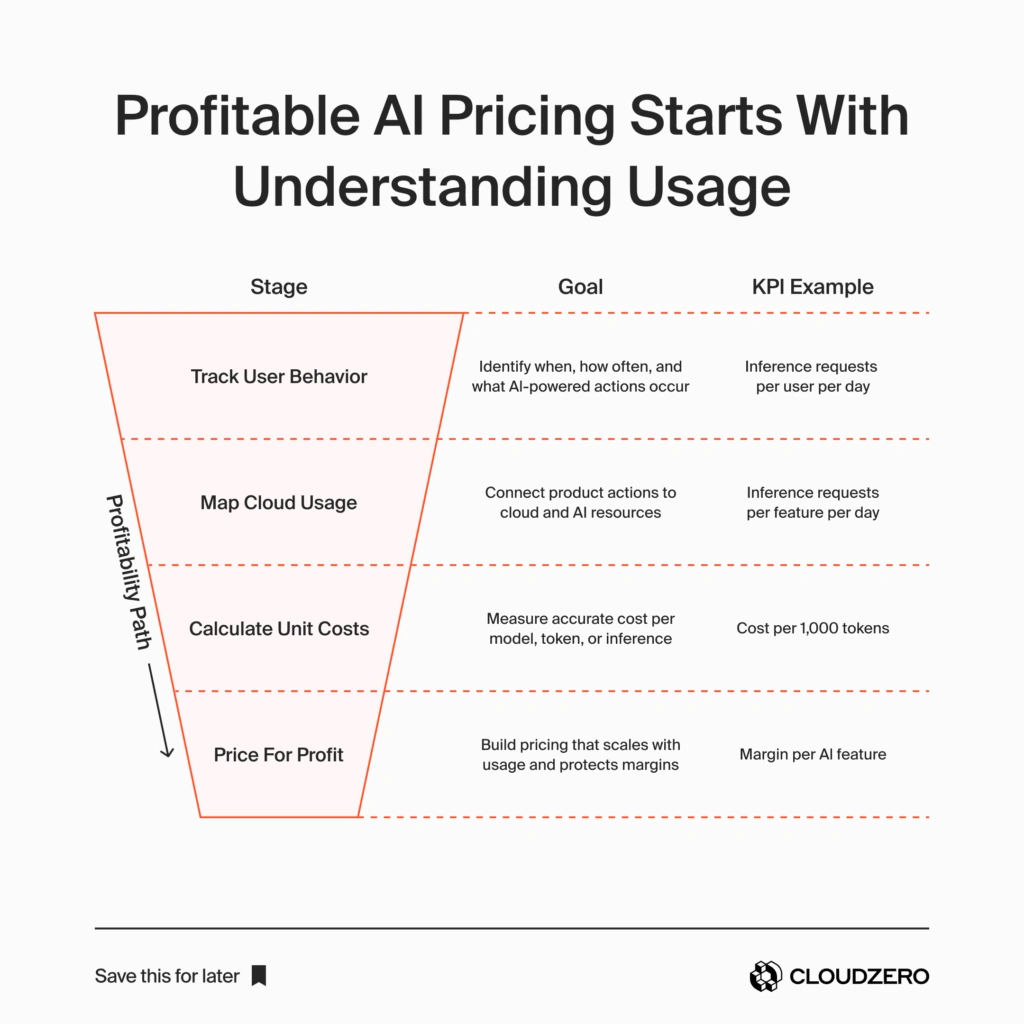
If you want to price AI correctly, don’t start with packaging — start with data. The companies that win will be the ones who treat usage as a cost signal, not just a value driver.
When you understand how your architecture maps to your pricing, you stop guessing. You start building pricing that scales with usage and protects your margins.
That’s the new SaaS playbook.
